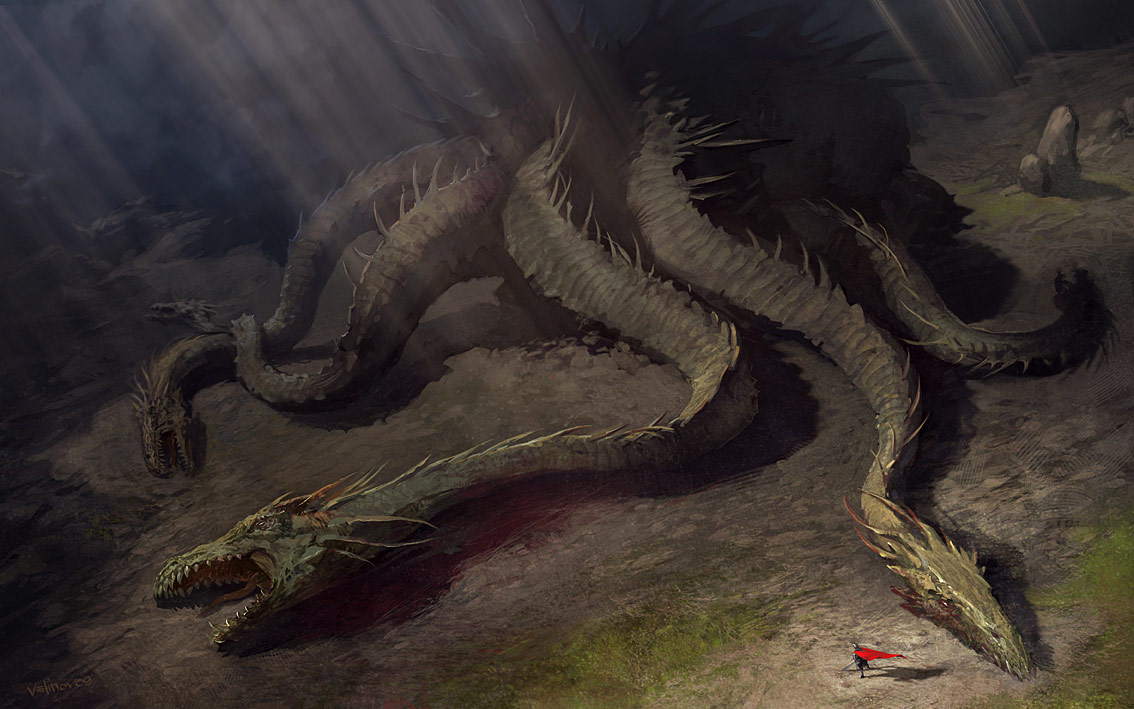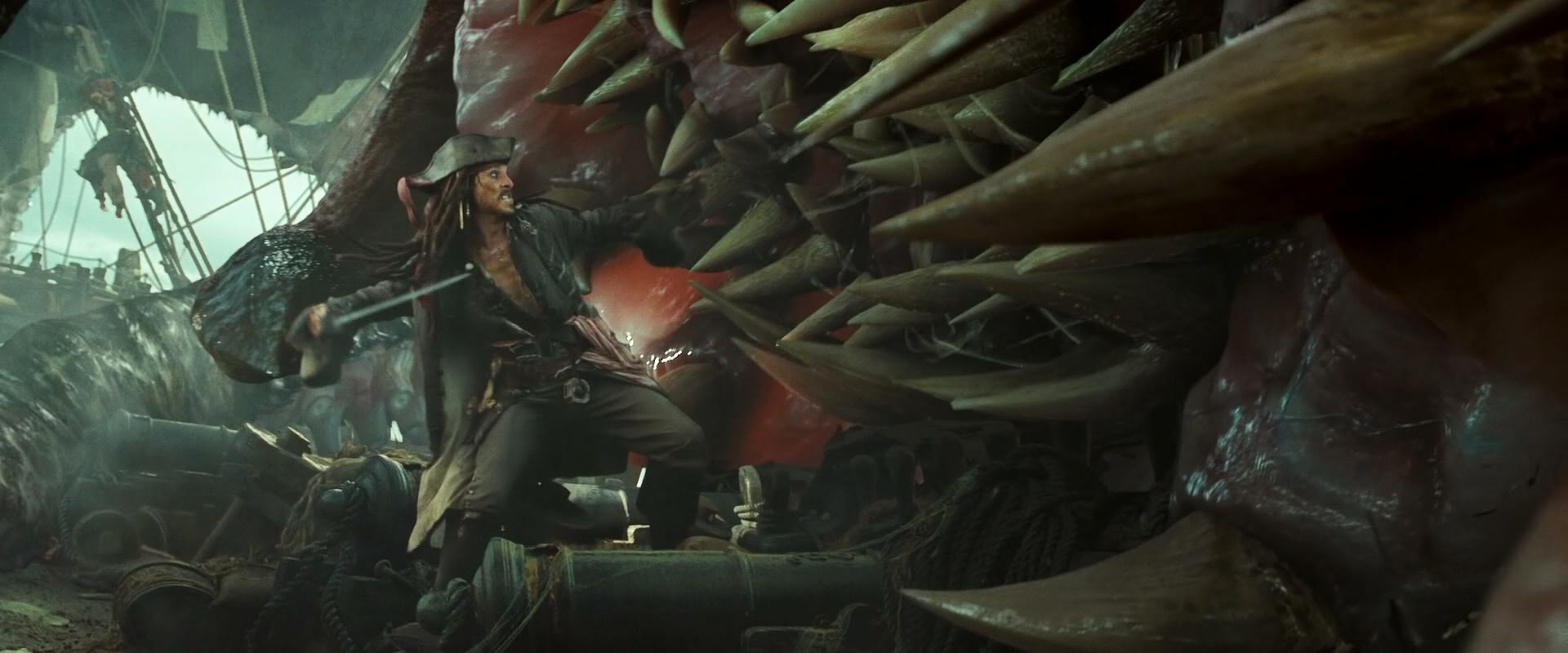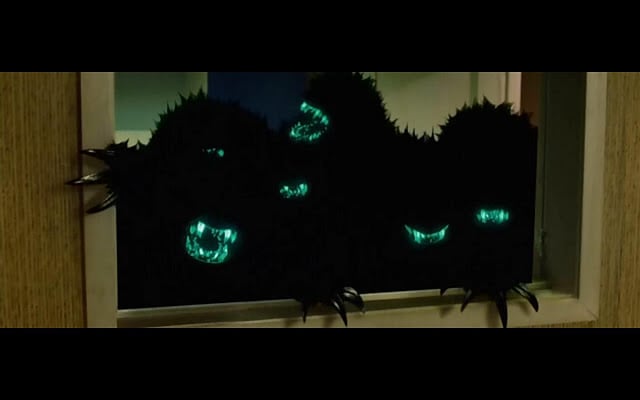Minecraft PC IP: play.cubecraft.net
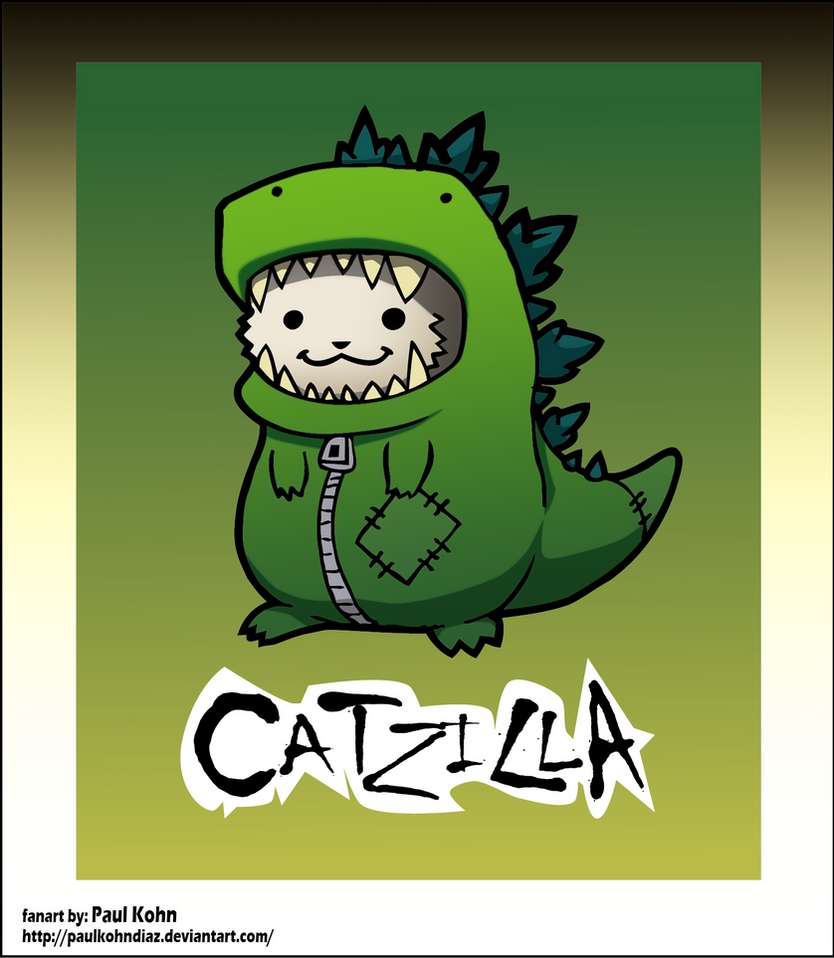

The Griffin is a legendary creature with the body, tail, and back legs of a lion; the head and wings of an eagle; and an eagle’s talons as its front feet. As the lion was traditionally considered the king of the beasts and the eagle was the king of the birds, the griffin was thought to be an especially powerful and majestic creature

The manticore is a creature that reassebles the Sphinx as it also possessed the body of a lion and the head of a human. The manticore started as a Persian mythology creature but was later reflected in the Greek mythology. Due to the many versions of how the creature looks, the manticore might be depicted as having wings and/or having a scorpion tail.

Hippalectryon is a relatively unknown Greek mythology creature because it was not featured in any of the legends or folktales. However, hippalectryon can be found in sculptures and ceramics thus proving that it indeed was part of the Greek mythology. Part roaster part horse, it is one of the strangest creature in Greek mythology.
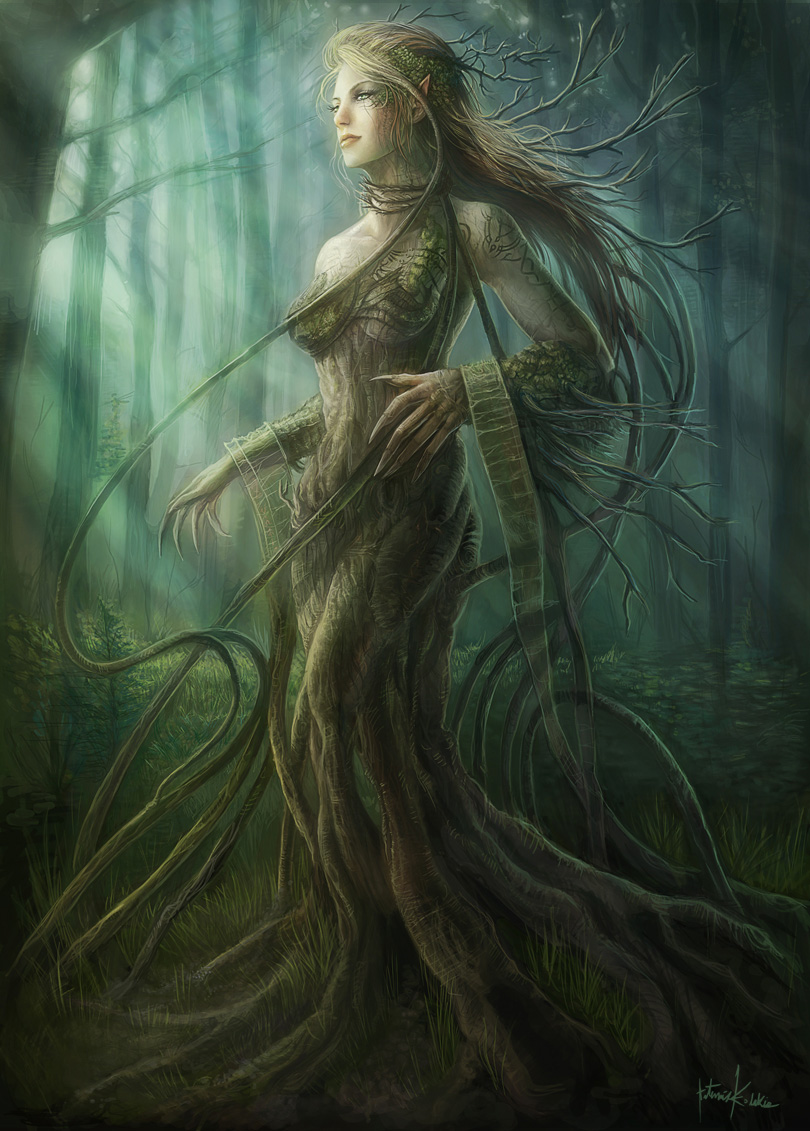
A dryad (/ˈdraɪ.æd/; Greek: Δρυάδες, sing.: Δρυάς) is a tree nymph, or female tree spirit, in Greek mythology. In Greek drys signifies "oak." Thus, dryads are specifically the nymphs of oak trees, though the term has come to be used for all tree nymphs in general.[1] "Such deities are very much overshadowed by the divine figures defined through poetry and cult," Walter Burkert remarked of Greek nature deities.[2] They were normally considered to be very shy creatures, except around the goddess Artemis, who was known to be a friend to most nymphs.
You are using an out of date browser. It may not display this or other websites correctly.
You should upgrade or use an alternative browser.
You should upgrade or use an alternative browser.
favorite monster/creature or most awesome
- Thread starter lonelyplop14 #2
- Start date
ThatOnePeanutGuy
Well-Known Member
Ok, I have came to a decision. These are my favourite monsters from a film. I believe they're from Pacific Rim.

Fenrir and Jormungand from the Norse mythology
Fenrir:

Jormungand:
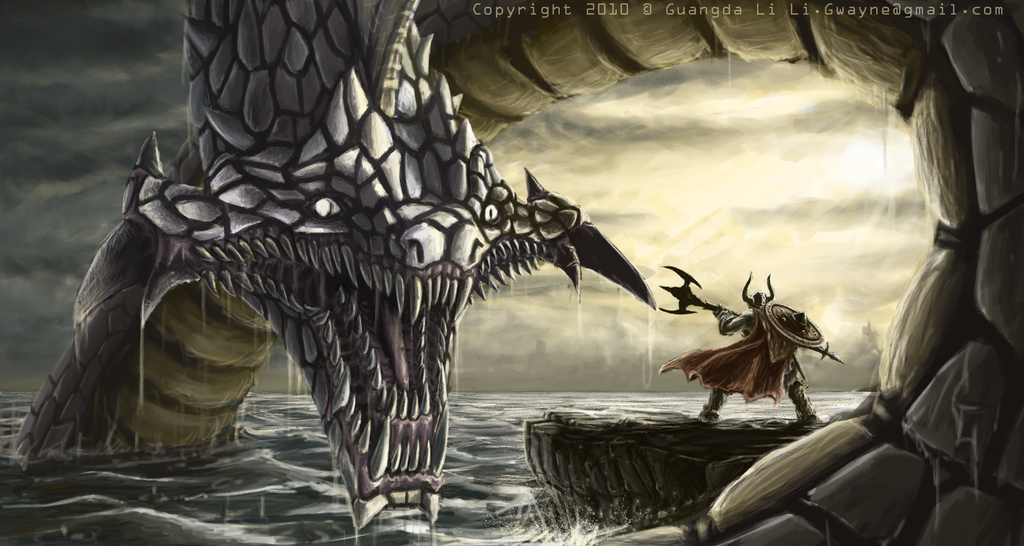
Fenrir's story:
Fenrir (or Fenris) is a gigantic and terrible monster in the shape of a wolf. He is the eldest child of Loki and the giantess Angrboda. The gods learned of a prophecy which stated that the wolf and his family would one day be responsible for the destruction of the world. They caught the wolf and locked him in a cage. Only the god of war, Tyr, dared to feed and take care of the wolf.
When he was still a pup they had nothing to fear, but when the gods saw one day how he had grown, they decided to render him harmless. However, none of the gods had enough courage to face the gigantic wolf. Instead, they tried to trick him. They said the wolf was weak and could never break free when he was chained. Fenrir accepted the challenge and let the gods chain him. Unfortunately, he was so immensely strong that he managed to break the strongest fetters as if they were cobwebs.
After that, the gods saw only one alternative left: a magic chain. They ordered the dwarves to make something so strong that it could hold the wolf. The result was a soft, thin ribbon: Gleipnir. It was incredibly strong, despite what its size and appearance might suggest. The ribbon was fashioned of six strange elements: the footstep of a cat; the roots of a mountain; a woman's beard; the breath of fishes; the sinews of a bear; and a bird's spittle.
The gods tried to trick the wolf again, only this time Fenrir was less eager to show his strength. He saw how thin the chain was, and said that was no pride in breaking such a weak chain. Eventually, though, he agreed, thinking that otherwise his strength and courage would be doubted. Suspecting treachery however, he in turn asked the gods for a token of good will: one of them had to put a hand between his jaws. The gods were not overly eager to do this, knowing what they could expect. Finally, only Tyr agreed, and the gods chained the wolf with Gleipnir. No matter how hard Fenrir struggled, he could not break free from this thin ribbon. In revenge, he bit off Tyr's hand.
Being very pleased with themselves, the gods carried Fenrir off and chained him to a rock (called Gioll) a mile down into the earth. They put a sword between his jaws to prevent him from biting. On the day of Ragnarok, Fenrir will break his chains and join the giants in their battle against the gods. He will seek out Odin and devour him. Vidar, Odin's son, will avenge his father by killing the wolf.
Jormungand's story:
Jormungand (pronounced “YOUR-mun-gand;” Old Norse Jörmungandr, “Great Beast”), also called the “Midgard Serpent,” is a snake or dragon who lives in the ocean that surrounds Midgard, the visible world. So enormous is he that his body forms a circle around the entirety of Midgard. He’s one of the three children of Loki and the giantess Angrboða, along with Hel and Fenrir. The god Thor is his particular enemy. Two battles between them are recounted in the Eddas. In one, Thor fishes for Jormungand, and fails to pull him up only when the giant Hymir, terrified that this will bring about Ragnarok, severs the line, sending the snake back down to the depths. When Ragnarok does arrive, however, Thor and the Midgard Serpent are destined to slay each other.
Fenrir:

Jormungand:

Fenrir's story:
Fenrir (or Fenris) is a gigantic and terrible monster in the shape of a wolf. He is the eldest child of Loki and the giantess Angrboda. The gods learned of a prophecy which stated that the wolf and his family would one day be responsible for the destruction of the world. They caught the wolf and locked him in a cage. Only the god of war, Tyr, dared to feed and take care of the wolf.
When he was still a pup they had nothing to fear, but when the gods saw one day how he had grown, they decided to render him harmless. However, none of the gods had enough courage to face the gigantic wolf. Instead, they tried to trick him. They said the wolf was weak and could never break free when he was chained. Fenrir accepted the challenge and let the gods chain him. Unfortunately, he was so immensely strong that he managed to break the strongest fetters as if they were cobwebs.
After that, the gods saw only one alternative left: a magic chain. They ordered the dwarves to make something so strong that it could hold the wolf. The result was a soft, thin ribbon: Gleipnir. It was incredibly strong, despite what its size and appearance might suggest. The ribbon was fashioned of six strange elements: the footstep of a cat; the roots of a mountain; a woman's beard; the breath of fishes; the sinews of a bear; and a bird's spittle.
The gods tried to trick the wolf again, only this time Fenrir was less eager to show his strength. He saw how thin the chain was, and said that was no pride in breaking such a weak chain. Eventually, though, he agreed, thinking that otherwise his strength and courage would be doubted. Suspecting treachery however, he in turn asked the gods for a token of good will: one of them had to put a hand between his jaws. The gods were not overly eager to do this, knowing what they could expect. Finally, only Tyr agreed, and the gods chained the wolf with Gleipnir. No matter how hard Fenrir struggled, he could not break free from this thin ribbon. In revenge, he bit off Tyr's hand.
Being very pleased with themselves, the gods carried Fenrir off and chained him to a rock (called Gioll) a mile down into the earth. They put a sword between his jaws to prevent him from biting. On the day of Ragnarok, Fenrir will break his chains and join the giants in their battle against the gods. He will seek out Odin and devour him. Vidar, Odin's son, will avenge his father by killing the wolf.
Jormungand's story:
Jormungand (pronounced “YOUR-mun-gand;” Old Norse Jörmungandr, “Great Beast”), also called the “Midgard Serpent,” is a snake or dragon who lives in the ocean that surrounds Midgard, the visible world. So enormous is he that his body forms a circle around the entirety of Midgard. He’s one of the three children of Loki and the giantess Angrboða, along with Hel and Fenrir. The god Thor is his particular enemy. Two battles between them are recounted in the Eddas. In one, Thor fishes for Jormungand, and fails to pull him up only when the giant Hymir, terrified that this will bring about Ragnarok, severs the line, sending the snake back down to the depths. When Ragnarok does arrive, however, Thor and the Midgard Serpent are destined to slay each other.
Yes. Catzilla is above all


The Griffin is a legendary creature with the body, tail, and back legs of a lion; the head and wings of an eagle; and an eagle’s talons as its front feet. As the lion was traditionally considered the king of the beasts and the eagle was the king of the birds, the griffin was thought to be an especially powerful and majestic creature

The manticore is a creature that reassebles the Sphinx as it also possessed the body of a lion and the head of a human. The manticore started as a Persian mythology creature but was later reflected in the Greek mythology. Due to the many versions of how the creature looks, the manticore might be depicted as having wings and/or having a scorpion tail.

Hippalectryon is a relatively unknown Greek mythology creature because it was not featured in any of the legends or folktales. However, hippalectryon can be found in sculptures and ceramics thus proving that it indeed was part of the Greek mythology. Part roaster part horse, it is one of the strangest creature in Greek mythology.
N
Nyanbaz
Guest
A dryad (/ˈdraɪ.æd/; Greek: Δρυάδες, sing.: Δρυάς) is a tree nymph, or female tree spirit, in Greek mythology. In Greek drys signifies "oak." Thus, dryads are specifically the nymphs of oak trees, though the term has come to be used for all tree nymphs in general.[1] "Such deities are very much overshadowed by the divine figures defined through poetry and cult," Walter Burkert remarked of Greek nature deities.[2] They were normally considered to be very shy creatures, except around the goddess Artemis, who was known to be a friend to most nymphs.
Love that pic
A dryad (/ˈdraɪ.æd/; Greek: Δρυάδες, sing.: Δρυάς) is a tree nymph, or female tree spirit, in Greek mythology. In Greek drys signifies "oak." Thus, dryads are specifically the nymphs of oak trees, though the term has come to be used for all tree nymphs in general.[1] "Such deities are very much overshadowed by the divine figures defined through poetry and cult," Walter Burkert remarked of Greek nature deities.[2] They were normally considered to be very shy creatures, except around the goddess Artemis, who was known to be a friend to most nymphs.
Similar threads
- Replies
- 2
- Views
- 511
- Replies
- 12
- Views
- 1K
Team online
-
ItzJuanCertified Juan
-
SummerWarz 🍦Senior Moderator
Members online
Total: 451 (members: 11, guests: 440)
Latest posts
-
-
Builds Made a Bedwars map, could be reorganized into one for Cubecraft
- Latest: ItsCapybara_
-
-
-
Bedrock Skyblock Screenie with my friends BicolourSine and coolzombie!
- Latest: LorilambtheWcubecraftian
Latest profile posts
Thank you for the follow, have one back!



